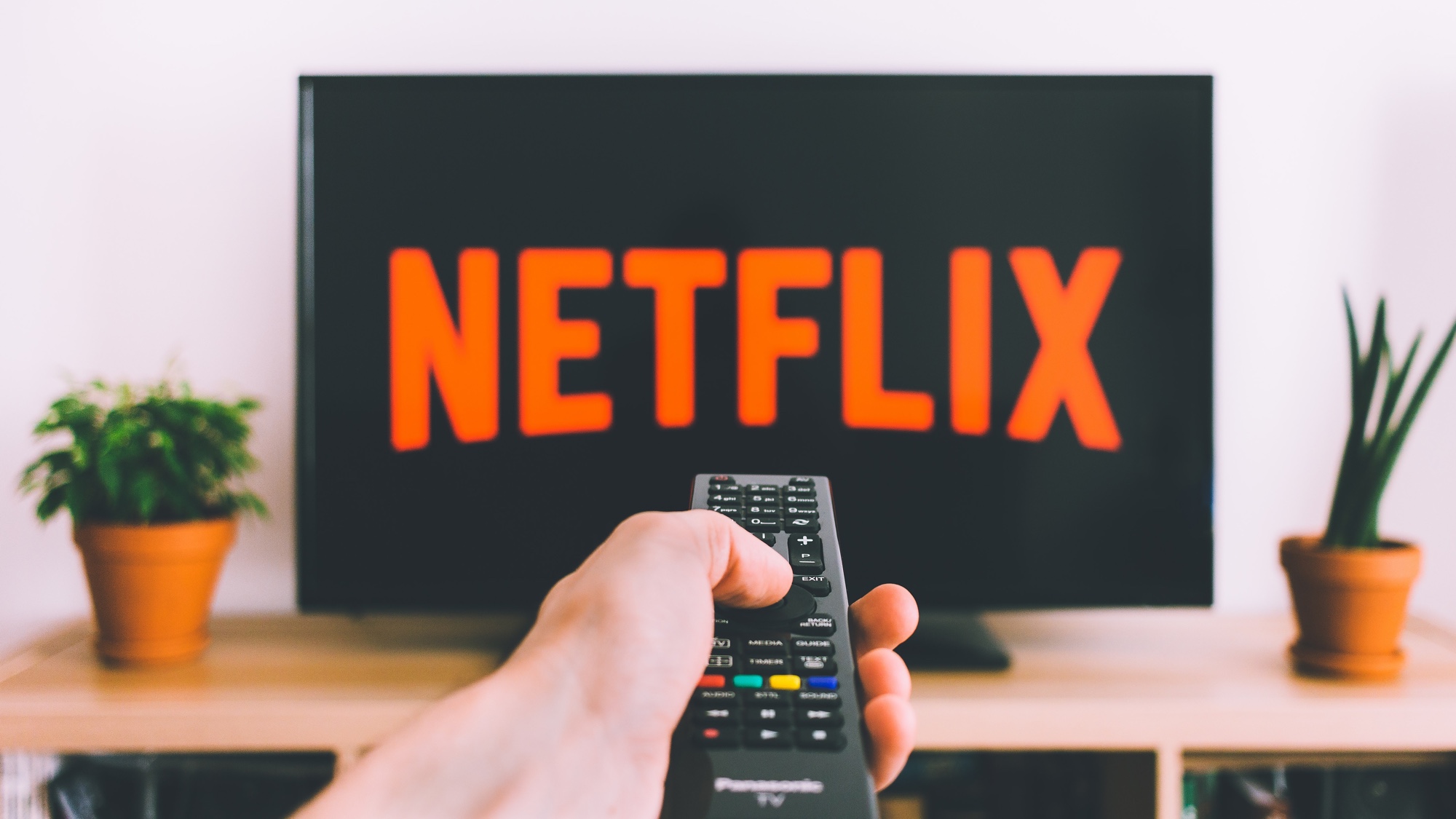Netflix could add more ad-supported tiers — what that means for you
Netflix could have bigger advertising ambitions

It’s been just over a month since the launch of Netflix with ads, marking a steep change in how the streamer operates. But it seems as that the $7-a-month tier isn’t going to be the end of Netflix’s advertising ambitions. In fact more ad-supported tiers could be on the way sometime in the future — something Netflix might want when Disney Plus with ads launched with 4K streaming.
Netflix co-CEO Ted Sarandos said this at the UBS TMT conference earlier this week (via CNBC). The logic being that Netflix already offers multiple subscription tiers without ads, so that model could easily be translated into an ad-supported equivalent.
“We have multiple tiers today, so it’s likely we’ll have multiple ad tiers over time, but nothing to talk about yet,” Sarandos said. “And the product itself will evolve, I suspect, pretty dramatically, but slowly, gradually.”
So don’t expect any big changes anytime soon. But it sounds like Netflix is keen to explore the opportunities available to it now that advertising is on the table.
Currently the only ad-supported Netflix tier is a version of its “Basic” plan ($10 a month when ad-free), which limits your streaming to a single device at a time and at 720p resolution to boot. Meanwhile, the Standard plan ($15.49 a month) boosts that to Full HD and streaming on two simultaneous devices. And Premium ($20 a month) pushes it even further with 4K resolution and streaming on up to four devices.
If we were to guess, future add-supported tiers may be versions of the Standard and Premium plans — complete with the same limits on resolution and multi-device streaming. An upgrade from the Basic ad-supported tier, but with the same limitations like limited content and no support for offline viewing.
The password sharing crackdown continues
Sarandos also reaffirmed that one of Netflix’s main goals in 2023 is to further crackdown on password sharing. Apparently 100 million households share passwords, 30 million of which are in the United States. So that’s going to kick in long before the company starts offering more ad-supported tiers, judging from what the co-CEO has said so far.
Get instant access to breaking news, the hottest reviews, great deals and helpful tips.
The crackdown on password sharing is nothing new, however. Netflix has already been trialling systems in various Latin American countries in order to push subscribers to pay for a full Netflix account. Methods used include asking users to pay a small fee (around $3 a month) to be able to watch Netflix at a second location, and straight-up cutting people off for ignoring warnings.
All while Netflix has seemingly encouraged password sharing in the past. I guess the idea of splitting the bill suddenly became inconvenient for Netflix, since it’s decided you shouldn’t be sharing an account if you’re not living in the same house.
We don’t know the specifics of when or how a password sharing crackdown will commerce in the U.S. But the one thing we do know is that it will be happening, and Netflix doesn’t appear to be backing down.
Doubling down on the multi-tiered subscription model
If you look at Netflix subscription plans, and compare them to the rest of the streaming market, you’ll see how the company stands out. Few, if any major streaming services offer the same number of subscription tiers — instead focussing on a single tier that’s roughly equivalent to Netflix’s Premium plan. At most you’ll see an ad-supported tier alongside that, which offers the same experience with commercials.
You could argue that some of those features aren’t necessary, and if you don’t need to stream on more than a single device Netflix gives you the option to get the basics for a lower price. But at the same time there’s an argument that locking certain features, particularly higher resolutions, behind more expensive tiers is a pretty terrible idea.
Especially since Netflix’s Basic plan was limited to 480p standard definition until very recently. Have you watched anything in SD on a big hi-res TV? It looks awful, and shouldn’t have stuck around for nearly as long as it did.
Of course, most big rival streaming services are run by large media companies with more diverse revenue sources. Disney, for instance, is reportedly losing millions of dollars with Disney Plus, but can bring in revenue from theater and park tickets, merchandising and so on. The Mandalorian may reportedly cost $15 million per episode, but how many Baby Yoda toys has it managed to sell?
Netflix, by contrast, is an independent entity that doesn’t have that same pull. If it wants to be profitable, it needs to bring in and retain subscribers. A multi-tiered subscription model is one way to do that, and it must be working. Offering multiple tiers with ads is just another way of potentially keeping users engaged.
So Netflix's tiered subscription model clearly isn’t going anywhere, no matter what your thoughts on the whole setup might be. It may get more confusing, should more ad-supported tiers pop up over the next few years. But it is giving people extra choices — something Netflix’s other co-CEO, Reed Hastings, said would be key to having ads on Netflix.
We’ll bring you more on Netflix's plans for future advertising, and the crackdown on password sharing, as we hear it.
Next: Looking for something to watch? These are the 7 best new Netflix shows that are 90% or higher on Rotten Tomatoes.

Tom is the Tom's Guide's UK Phones Editor, tackling the latest smartphone news and vocally expressing his opinions about upcoming features or changes. It's long way from his days as editor of Gizmodo UK, when pretty much everything was on the table. He’s usually found trying to squeeze another giant Lego set onto the shelf, draining very large cups of coffee, or complaining about how terrible his Smart TV is.
